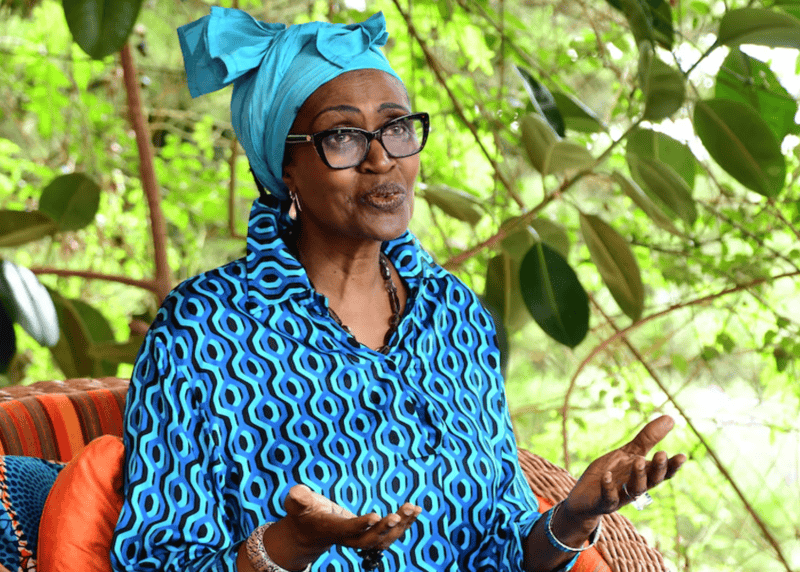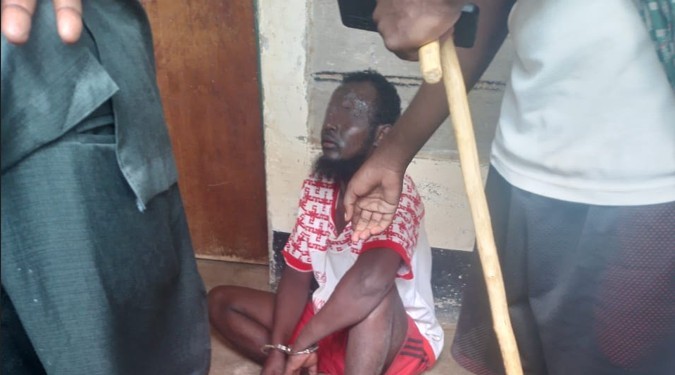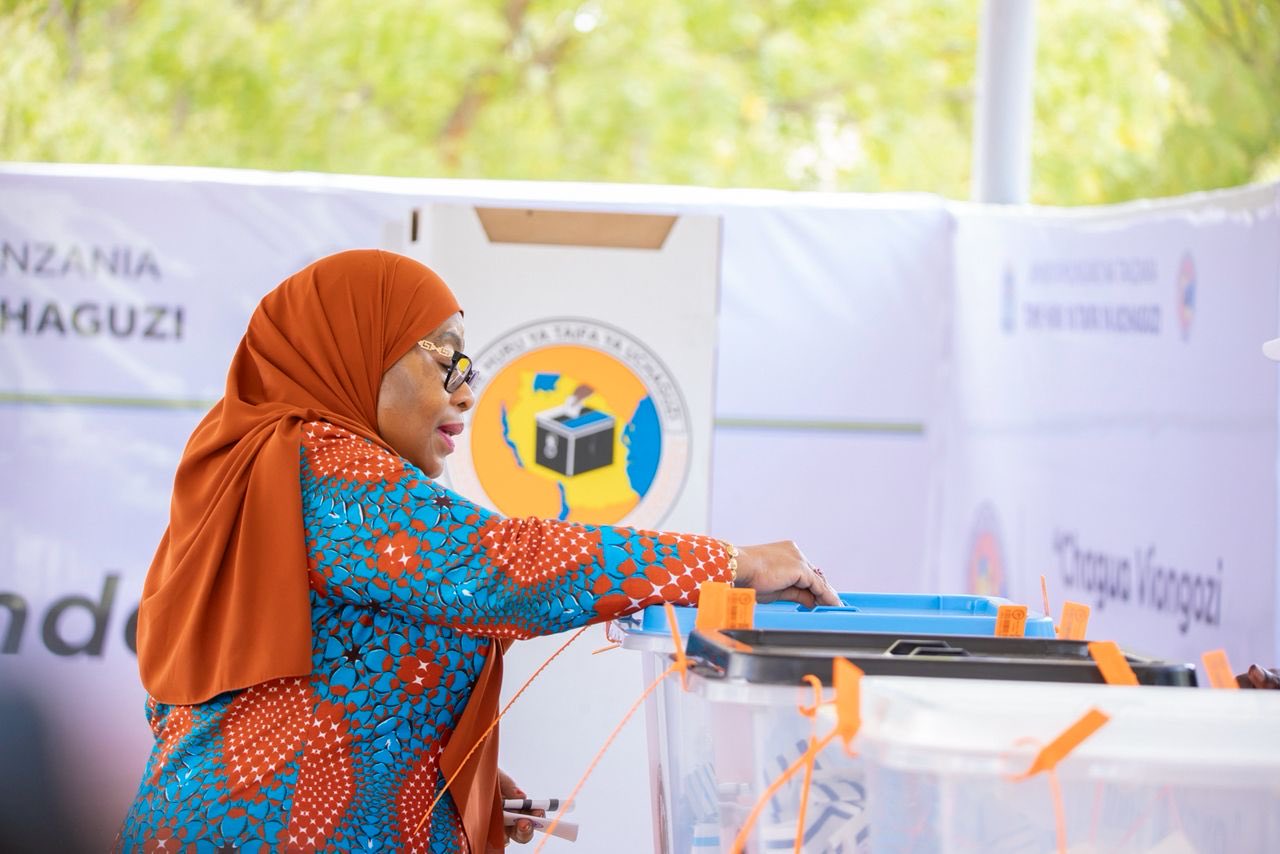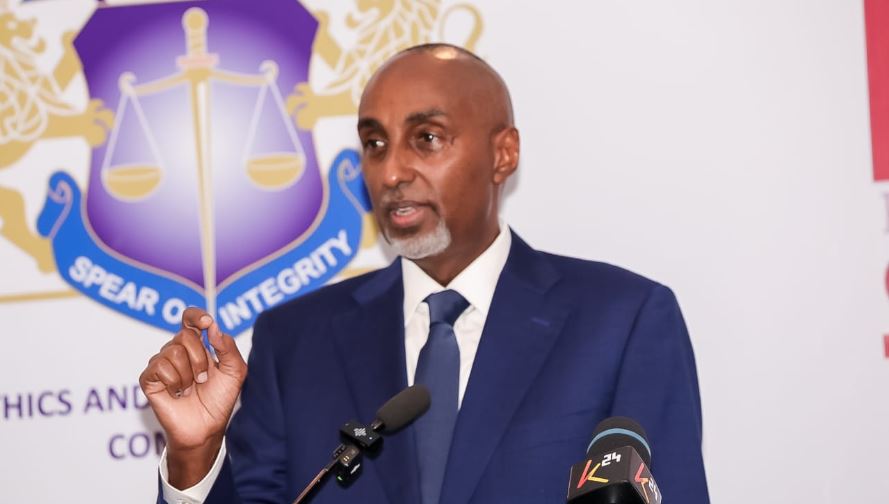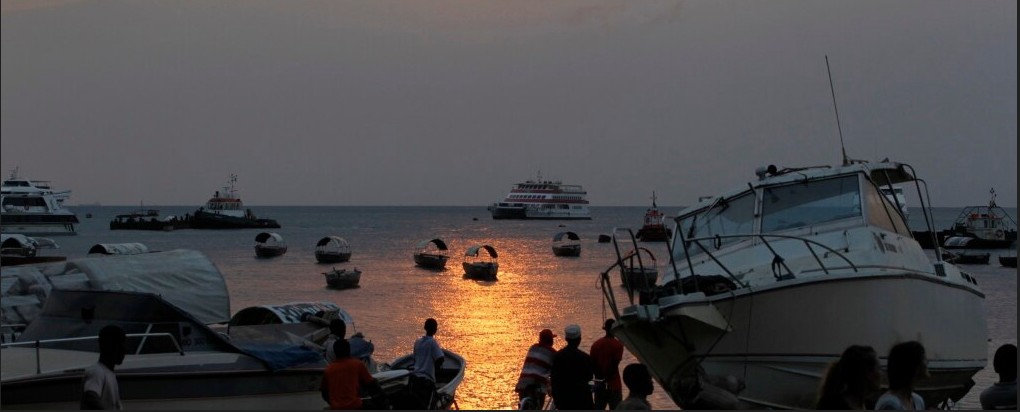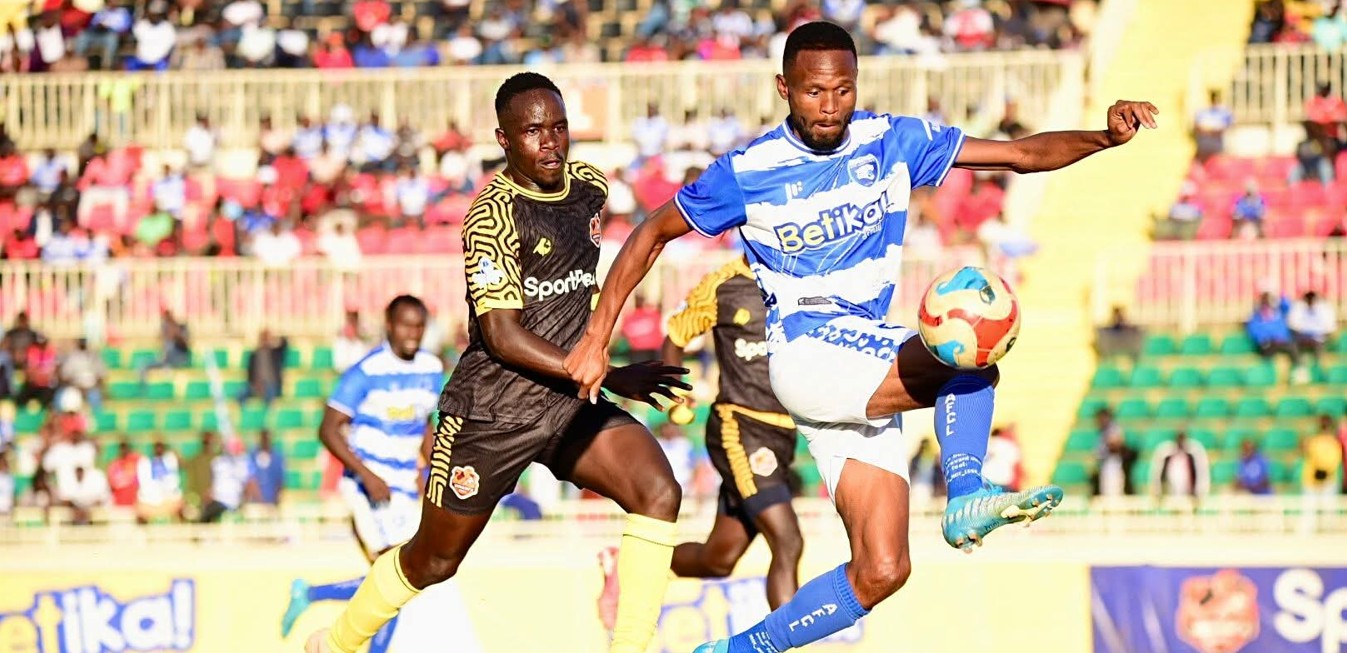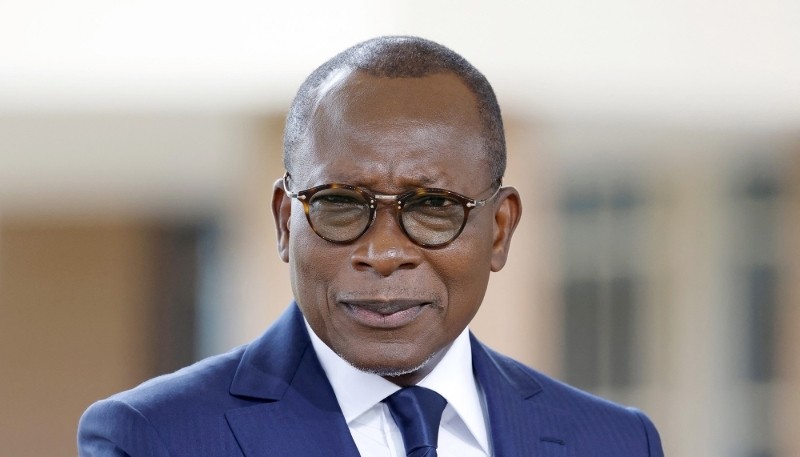10 runners race up Mt Kenya in 10 hours to honour women lost to cervical cancer

Globally, the disease causes more than 600,000 new cases and over 340,000 deaths annually. About 90 per cent of these deaths occur in low- and middle-income countries, highlighting deep inequalities in prevention and care.
Climbing to the summit of Mount Kenya usually takes trekkers four to six days, depending on the route and the need to adjust to altitude.
But in a bold and symbolic mission, 10 ultra-runners are attempting to run to the summit and back in just 10 hours—a powerful tribute to the 10 women who die every day in Kenya from cervical cancer.
More To Read
- KUTRRH introduces groundbreaking nuclear therapy for advanced prostate cancer
- Over 29,000 Kenyans die of cancer yearly as high costs force them to abandon treatment
- Cervical cancer screening in Kenya alarmingly low with only 1 in 4 women tested
- Four-country study finds worrying issues with cancer drug quality in Africa
- Kamukunji’s Kinyago Kanuku hosts groundbreaking breast and cervical cancer screening
- HPV blood test shows promise for early detection of multiple cancers, study finds
These runners are not just athletes. Each of them carries a deeply personal connection to cervical cancer. Some have lost loved ones to the disease; others are caring for someone still fighting it, and a few have endured the heartbreak of losing up to five family members and friends.
Cervical cancer begins in the cells of the cervix—the lower part of the uterus—and usually develops slowly. It often starts with abnormal cell changes caused by persistent infection with high-risk human papillomavirus (HPV). Without early detection and treatment, these abnormal cells can develop into cancer.
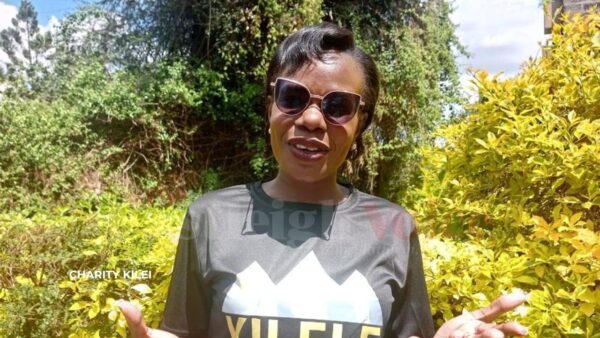 Jacky Ogingo, a programme manager at Kilele Health Association. (Photo: Charity Kilei)
Jacky Ogingo, a programme manager at Kilele Health Association. (Photo: Charity Kilei)
Deeply personal motivation
Among the runners is John Goma from the Kilele Health Association. His motivation is deeply personal: he lost his mother to cervical cancer two years ago, and in 2025, he also lost a close friend and mentor. Today, he climbs in their memory and in solidarity with families across the country.
“I’m doing this for my mother, for survivors, and for everyone fighting. This challenge is big for me. I want to create awareness on early detection.”
Goma became his mother’s main caregiver in 2020. As the last-born and the one available at home, the responsibility fell on him. He describes caregiving as the most defining chapter of his life—marked by fear, uncertainty, and emotional strain.
“When I was navigating the confusion and fear, someone reached out to me. Through that support, I discovered a whole world of people who understood. I learned that cancer isn’t always a death sentence.”
At first, he believed his mother’s diagnosis meant the end. Over time, he learned that with the right information, care, and support, cancer can be managed. Two years after her passing, he still misses her deeply and wishes she could see the man he is becoming.
“When my mum was diagnosed, I had no one to guide me. I had a mental breakdown. I struggled at work, eventually resigning so I could take care of her. Therapy saved me.”
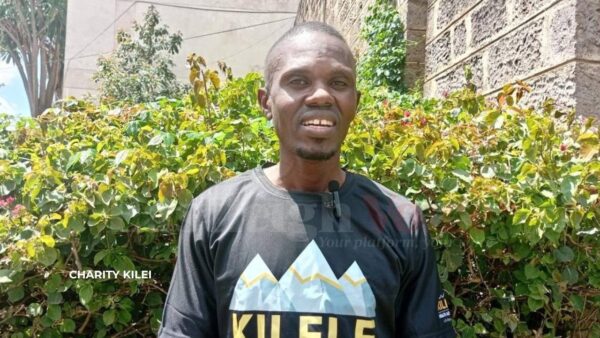 John Goma, an ultra-runner honoring his mother, who passed away from cervical cancer. (Photo: Charity Kilei)
John Goma, an ultra-runner honoring his mother, who passed away from cervical cancer. (Photo: Charity Kilei)
Counselling, psychosocial training
Through Kilele Health, Goma received counselling and psychosocial training. He has since turned pain into purpose—supporting others, competing in mountain and trail events, and earning the nickname “Subaru” for his endurance on rough terrain.
“Caregiving is not a punishment. Caregivers need care too. Don’t give up on yourself or the person you’re supporting. Show up. Reach out. Help is there.”
Cervical cancer affects far more than an individual patient. Behind each of the 10 daily deaths are families left shattered by a largely preventable disease. As cases rise, more caregivers face emotional breakdowns and heavy financial strain while supporting their loved ones.
Cervical cancer caregiver
For IT professional and ultra-runner Grace Kima, running began as a simple fitness activity but gradually intertwined with her identity as a cervical cancer caregiver.
She recalls travelling abroad to support her sister during her final chemotherapy sessions. Watching her sister fight with strength and determination profoundly changed her understanding of cervical cancer.
“My sister asked me to visit and stay with her during her last month of chemotherapy. Watching her battle and come out the other side… it changed me.”
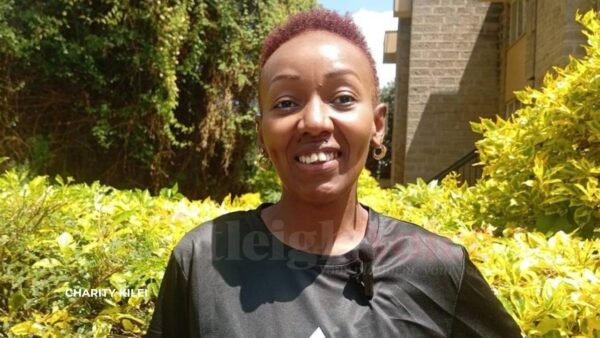 Grace Kima, an ultra-runner and former caregiver to her sister who survived cervical cancer. (Photo: Charity Kilei)
Grace Kima, an ultra-runner and former caregiver to her sister who survived cervical cancer. (Photo: Charity Kilei)
Her sister benefited from healthcare systems far more advanced than those available to most Kenyan women. That reality weighs heavily on Kima, who wonders how different their story might have been if they had been in Kenya, where many women never get screened or treated early enough.
Her caregiving journey taught her the value of community and vulnerability.
“I learned to reach out, to ask for help, and to take care of myself so I could take care of others.”
Running for awareness
Now, she runs not just for fitness, but for awareness—for every woman who may not realise cervical cancer can be prevented or treated when detected early.
Cervical cancer is preventable through HPV vaccination and treatable when caught early through routine screening. Yet progress has been slow due to widespread misinformation.
Many women still miss vital protection, and screening is not fully integrated into routine healthcare, leaving many—especially in rural areas—dependent on occasional outreach programmes.
Jacky Ogingo, who leads programmes at Kilele Health, explains the thinking behind their new campaign.
10 for 10 challenge
The organisation has launched the 10 for 10 Challenge, sending 10 ultra-runners to ascend and descend Mount Kenya in under 10 hours. The challenge is symbolic—a tribute to the 10 women who die each day from cervical cancer in Kenya.
“We can prevent these deaths. When we come together—by vaccinating our girls, screening women, and treating early—we save lives.”
The runners set off at dawn and are expected back by evening. Their message is simple and urgent: no woman should die from a preventable disease.
Ogingo notes significant progress with the rollout of the single-dose HPV vaccine. Previously, only about 60 per cent of girls received the first dose, and just 30 per cent returned for the second. The simplified one-dose regimen offers real hope for higher protection.
“We want to vaccinate and protect their future. Yes, there is still a lot of misinformation, but we are overcoming it through awareness.”
She emphasises that schools, communities, parents, health workers, and the media all have a role to play.
“There is no hidden agenda. We are here to vaccinate girls and protect them from cervical cancer.”
Tough terrain
The runners were carefully selected for their experience on tough terrain. Their challenge represents resilience, urgency, and strength.
Cervical cancer remains one of the most serious health threats for women in Kenya, with more than 5,000 new cases and more than 3,000 deaths recorded annually—the equivalent of 10 deaths every day. It is the leading cause of cancer deaths among Kenyan women. Late diagnosis and low screening uptake, especially in rural areas, continue to worsen outcomes.
Across sub-Saharan Africa, cervical cancer also remains a leading killer of women, with over 112,000 new cases reported every year. The region carries one of the world’s highest burdens due to limited HPV vaccination, inadequate access to screening, and late diagnosis.
Globally, the disease causes more than 600,000 new cases and over 340,000 deaths annually. About 90 per cent of these deaths occur in low- and middle-income countries, highlighting deep inequalities in prevention and care.
World Cervical Cancer Elimination Day
As the world marks World Cervical Cancer Elimination Day this Monday, attention turns to the urgent need for prevention, early detection, and timely treatment of a disease that remains a leading threat to women, both in Kenya and globally.
Observed on November 17, the day is a World Health Organisation (WHO) initiative aimed at raising awareness and mobilising action against cervical cancer. Despite being largely preventable and treatable, hundreds of thousands of women continue to die due to misinformation, late diagnosis, and limited access to care.
The campaign highlights three critical strategies: HPV vaccination, regular screening, and timely treatment of precancerous or cancerous lesions. WHO’s “90-70-90” targets call for 90 per cent of girls to be fully vaccinated against HPV by age 15, 70 per cent of women to be screened with a high-performance test at ages 35 and 45, and 90 per cent of women diagnosed with cervical disease to receive proper treatment.
Top Stories Today


